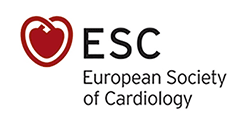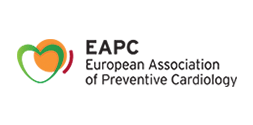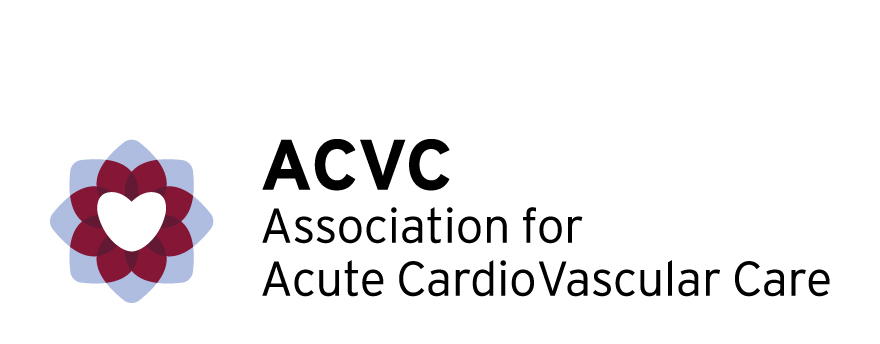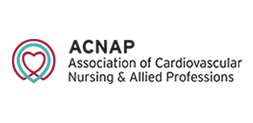Most individuals are able to return to work after a heart attack, which is a positive sign of recovery.
The appropriate time to return to work should be determined by your cardiologist and will depend on multiple factors. These include the time from the onset of chest pain to the placement of a stent, the location of the heart attack, the heart’s ability to pump blood, the presence of other narrow or blocked coronary arteries, heart rhythm stability, length of hospital stay, any complications during the hospitalization, psychological well-being, and participation in cardiac rehabilitation. The nature of your job also matters, as those in less physically demanding roles, like office work, often return to work sooner than those in manual labour.

A comprehensive cardiac rehabilitation program is essential after you leave the hospital. This program helps restore your functional capacity and includes a customized exercise plan. During a short time after a heart attack, strenuous physical activity should be avoided – the length of this time may vary for each individual and should be discussed with your cardiologist. However, maintaining mild to moderate physical activity is important to aid your recovery and enhance your quality of life. Prolonged sick leave is generally not beneficial, and staying active after discharge is encouraged.
For those in jobs that require low to moderate physical effort, returning to work within a month is typically possible if the heart’s pumping function is normal and there were no complications during the hospital stay or throughout rehabilitation. For those with physically demanding jobs, sometimes additional tests are necessary before your cardiologist approves your return to work.



